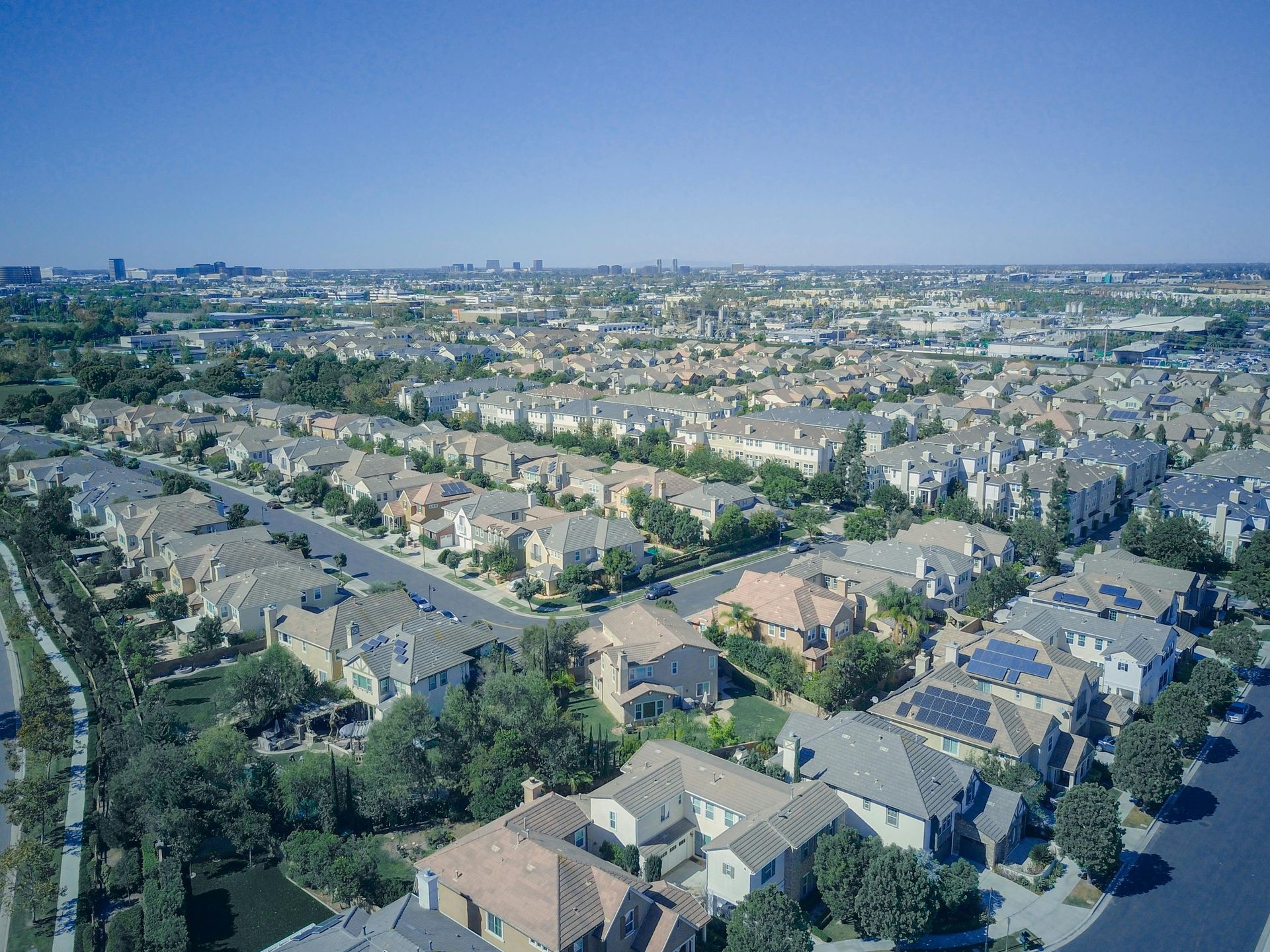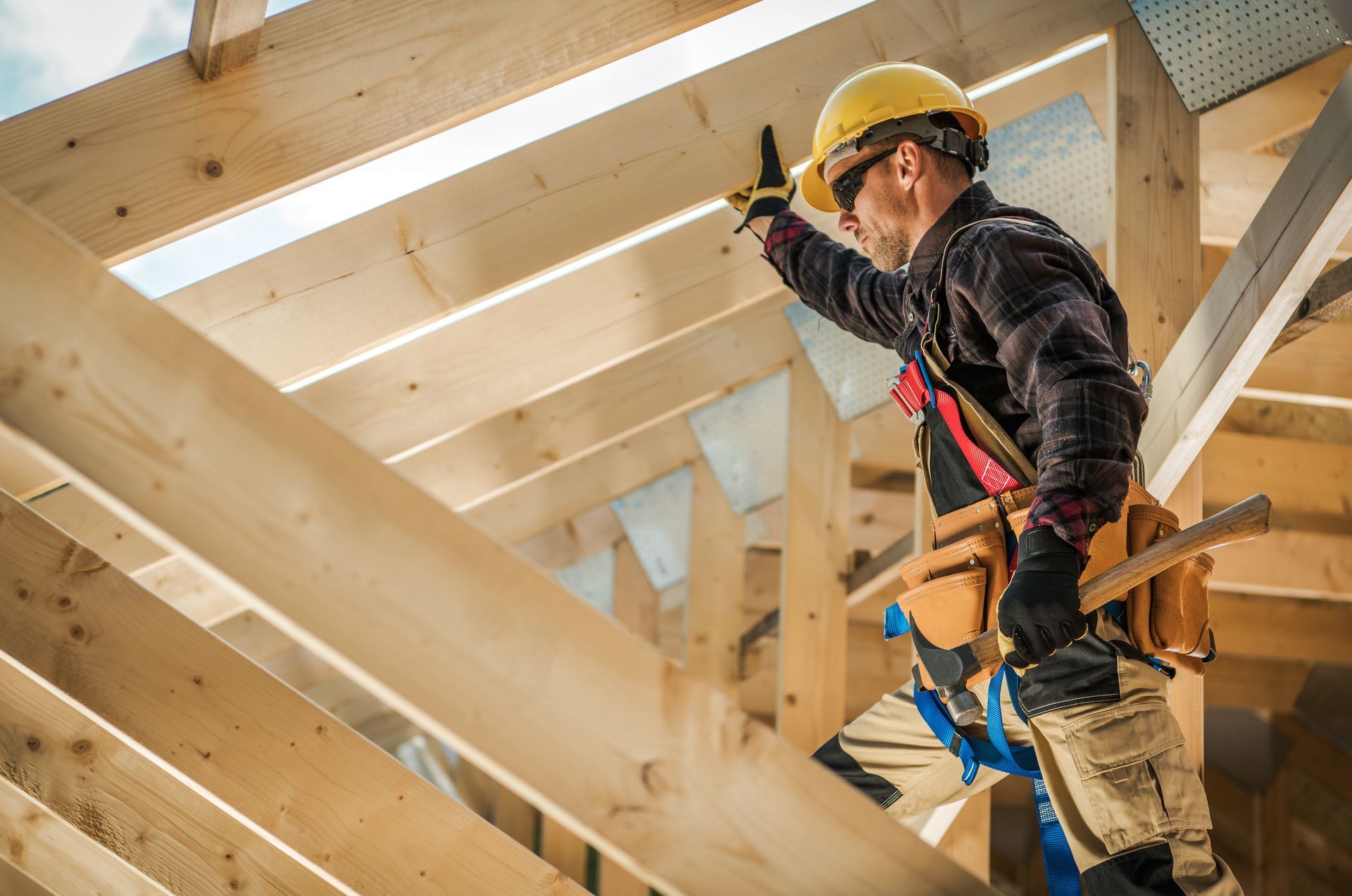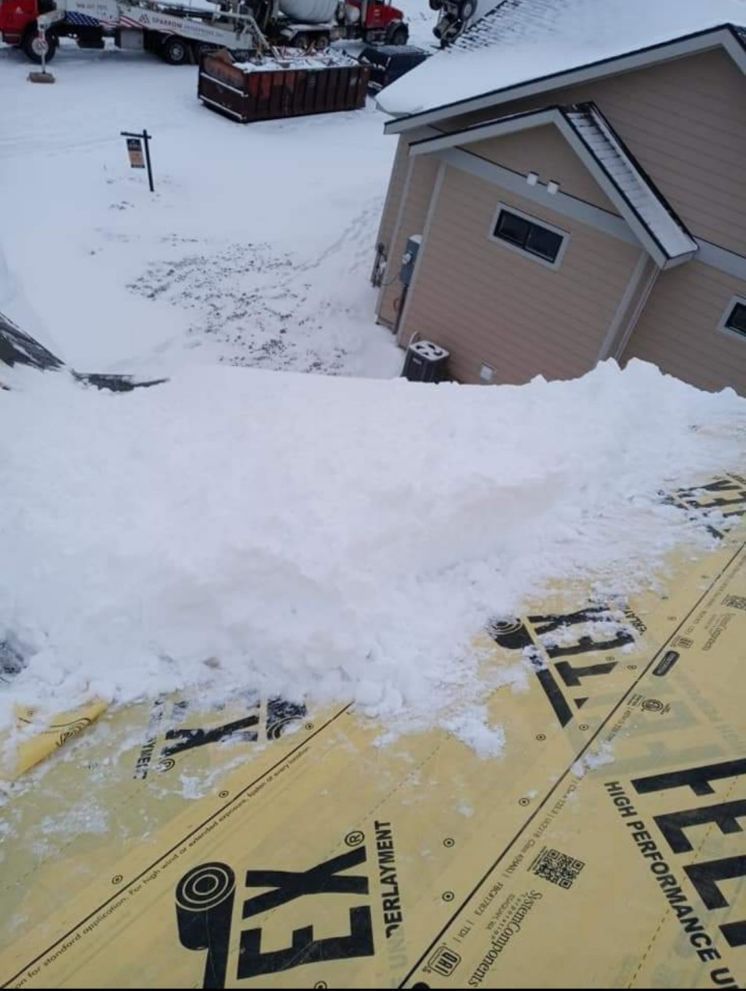Solar Panels Montana: Is Solar Worth It? An Honest Look at Payback Times in 2025
Learn how long it takes for Montana homeowners to break even on solar panels — and why now may be the smartest time to invest.
If you live in Montana and you’ve been thinking about solar energy, chances are you’ve asked yourself one simple question: Is it worth it?
With all the talk about tax credits, rising electric rates, and clean energy, it’s easy to get lost in the hype. What most Montanans really want to know is straightforward — how much will I save, and how long will it take for solar to pay for itself? Using a solar calculator can help you estimate your potential savings and payback periods before making a commitment.
The good news is that in 2025, Montana offers some of the most promising solar economics in the Mountain West. But, as with any investment, there are variables to consider — your location, your utility rates, your home’s roof, and your energy usage all affect the bottom line. Homeowners should also assess if solar panels are a good fit for their budget, roof characteristics, and property to ensure solar is a practical option. Take care to evaluate all options and providers before making a decision to ensure you choose a reputable company and the right system for your needs.
In this article, we’ll take an honest look at solar payback times for Montana homeowners in 2025, explore the factors that influence your return on investment, and help you decide whether solar is the right move for you. Before making a decision, it’s important to have a clear idea of your energy needs and goals. We’ll also discuss how to determine your eligibility for incentives and the advantage these incentives provide to homeowners, and estimate your payback period as part of the process.
Investing in a solar panel system is a significant decision that can pay off over time, increasing your property value and reducing long-term energy costs.
The State of Montana Solar Panels
Solar energy is booming across Montana — and not just in cities. In 2024, Montana saw a 24% increase in residential solar installations, with growth strongest in areas like Helena, Missoula, Bozeman, and the Flathead Valley. The solar industry in Montana is steadily expanding, and solar adoption is on the rise, even though it has historically lagged behind other states.
Part of this surge is driven by rising utility rates. NorthWestern Energy, the state’s largest utility, increased electric rates by 28% in 2023, with additional increases proposed in 2025. At the same time, the cost of solar panels has fallen dramatically, with prices significantly reduced in recent years, making systems more affordable than ever. While solar panels are not cheap upfront, the long-term savings make them a cost-effective choice for homeowners.
Montana also enjoys a solar-friendly climate. The state averages around 200 to 220 sunny days per year, depending on the region. And despite cold winters, solar panels operate efficiently in Montana’s crisp air — in fact, Montana solar panels typically produce more electricity in cool temperatures than in hot ones. However, snowfall can impact solar panel efficiency and maintenance, as snow covering panels may temporarily reduce energy production, but it can also help keep panels clean and improve performance once it melts. For more detailed statistics on Montana's solar potential and energy use, consult the Energy Information Administration.
Add in the federal solar tax credit of 30% and Montana’s own $500 state tax credit, and the economics of solar in Big Sky Country are stronger than many homeowners realize. While Montana’s solar incentives and solar adoption rates have not matched those in other states, interest in Montana solar panels is growing as more residents recognize the benefits. Be sure to check with your utility or local authorities for the most up-to-date information on incentives and net metering policies.
Understanding Payback Time to Save Money
When people talk about whether solar is “worth it,” they’re usually thinking about payback time — the number of years it takes for a solar system’s savings to equal its upfront cost. This is commonly referred to as the payback period, a key metric for evaluating the return on your solar investment. The best way to calculate your payback period and maximize your savings is to carefully assess your installation costs, expected energy production, and local utility rates.
Let’s say you install a $16,000 solar system. If that system saves you $1,600 a year on electric bills, your simple payback time would be 10 years, putting more money back in your pocket over time. Determining your own payback period depends on your specific installation costs and annual savings.
In Montana, most homeowners can expect a payback time of 8 to 12 years, depending on location and usage patterns. Well-designed systems typically have an expected lifespan of 25 to 30 years, meaning you’ll enjoy 15 to 20 years of free electricity after breaking even. The expected timeline for recouping your investment is an important factor when determining the best options for your solar investment.
Those savings can add up to tens of thousands of dollars over the life of your system — especially as utility rates continue rising. Homeowners can also monitor their solar system's performance in real-time to ensure they are achieving the expected savings.
Key Factors and Incentives That Influence Payback Time in Montana
While the average payback range in Montana is promising, your individual experience depends on several key factors. Solar can reduce your reliance on the grid and lower your overall energy costs.
Electric Rates: The more you pay for electricity, the more you save by producing your own. In areas served by NorthWestern Energy, higher rates translate to faster solar payback. For homeowners on flat rural electric co-op rates, payback can be a bit slower. Solar helps save money by reducing your monthly bills.
Solar Incentives: The 30% federal tax credit dramatically reduces payback time. Montana’s $500 state tax credit helps as well. Together, these incentives shave years off your break-even timeline. Solar installations in Montana may also qualify for property taxes exemptions, which help prevent increases in property taxes due to solar upgrades and reduce your overall taxes. Eligibility for tax credits is determined by specific criteria, including your tax filing status—such as head of household—which can impact your tax savings. Homeowners should locate and complete the necessary IRS forms, like Form 5695, to claim these credits. Additionally, local rebates offered by electric cooperatives or specific programs can further reduce upfront costs. Some companies offer support and services to help homeowners navigate incentives, funding options, and provide financial analysis to ensure you maximize your benefits. Note that the federal tax credit applies only to the original installation and does not cover costs related to repair or maintenance after installation. Keeping high standards in installation and customer service is important for long-term satisfaction.
Roof Quality & Orientation: A south-facing roof with good sun exposure will generate more energy and shorten payback. East- or west-facing roofs can still perform well, but with slightly longer returns.
System Size & Usage: The more solar you install — and the more of your own energy you consume — the faster your payback. The size of your solar array, measured in kilowatts, affects your payback period and overall savings. Larger arrays can produce more energy and lead to greater savings. Homes with high electric usage (electric heat, EV charging, large families) often see the quickest returns.
Financing: Paying cash offers the fastest payback, but affordable solar loans can still produce solid returns with little or no money down. Government-backed funding programs are also available to help finance solar projects. When comparing options, understanding solar panels cost per watt is important. Another option is a Power Purchase Agreement (PPA), where you pay for the electricity generated by the solar panels rather than owning the system outright. This can be a flexible way to access solar energy with minimal upfront costs.
Typical Montana Payback Scenarios
Here are a few typical examples of how solar payback looks for real Montana homeowners in 2025. These payback calculations are based on systems newly installed in 2025, reflecting the most up-to-date incentives and costs for a solar project.
1. Helena Homeowner, All-Electric Home
- System size: 8 kW
- System cost after incentives: ~$12,000 (installation costs included)
- Annual electric savings: ~$1,500
- Payback time: ~8 years
- The installation process for this project typically involves site assessment, permitting, and professional installation to ensure eligibility for tax credits.
2. Missoula Suburban Family, Mixed Gas/Electric
- System size: 6 kW
- System cost after incentives: ~$9,500 (installation costs included)
- Annual savings: ~$1,000–1,200
- Payback time: ~9–10 years
- This project’s cost estimate includes all major installation expenses, and the system is expected to be fully installed and operational within a month of starting the process.
3. Flathead Valley Rural Home, Net Metering Available
- System size: 7 kW
- System cost after incentives: ~$11,000 (installation costs included)
- Annual savings: ~$1,100
- Payback time: ~10–12 years
- Montana net metering policies can impact the payback period, as utility buy-back rates and monthly net metering credits may vary. The installation for this project is included in the cost, and the system is expected to be installed and generating power within a month.
Commercial solar projects and nonprofits in Montana may see different payback periods due to unique incentives, grants, and funding opportunities available specifically for businesses and nonprofit organizations. By leveraging these programs, organizations can make solar work for their specific needs, often reducing upfront costs and accelerating the return on investment.
These are real-world numbers based on current utility rates and incentive structures. As electric rates climb — and they are projected to continue doing so — solar payback times are likely to shorten even further. These scenarios represent typical solar projects in Montana; larger projects may have different economics. The expected end of the payback period is when the total savings have matched the initial investment, with savings accumulating month by month as each project generates electricity.
Beyond Payback: The Other Benefits of Solar
While payback time is important, it’s not the whole story. Montana homeowners are increasingly choosing solar not just for the return on investment, but for energy security and environmental impact as well.
With the addition of battery storage, solar systems can provide critical backup power during Montana’s frequent outages. This peace of mind — knowing your home can stay powered through a winter storm or summer wildfire season — lets you rest easy knowing your installation is reliable and professionally handled.
Environmentally, every kilowatt-hour of solar energy helps reduce Montana’s reliance on coal and natural gas, and reduces carbon emissions. By choosing solar, homeowners help create a cleaner, more sustainable future for Montana and are helping to lead the charge.
For long-term satisfaction, choose installers who deliver service and craftsmanship at the highest level.
Is Now the Right Time for Solar Installation?
For many Montana homeowners, 2025 is shaping up to be an ideal time to install solar panels.
- The 30% federal investment tax credit (ITC) is still in full effect, significantly reducing the overall cost of your solar system, but it is scheduled to step down in future years. To claim the ITC, certain required steps must be completed, such as submitting your application before the deadline. Some net metering programs (ops) and incentive updates may have specific deadlines or program changes in October, so be sure to review any relevant updates.
- Montana’s state tax credit remains available but could be subject to legislative change, and eligibility may be required based on current state guidelines.
- Equipment prices are at historic lows, while electric rates continue climbing.
- Advances in battery storage make it easier than ever to maximize your system’s value.
Having a comprehensive plan for your solar installation is essential to ensure you meet all required criteria and maximize available incentives and long-term savings. Choosing a provider that offers a full range of professional services—including installation, maintenance, and consulting—will help support your solar installation from start to finish.
Waiting may only mean paying more for electricity while missing out on today’s best incentives.
Conclusion: Is Solar Worth It in Montana?
In short: yes — for most Montana homeowners, solar is absolutely worth it in 2025.
With typical payback times of 8 to 12 years, decades of free electricity after break-even, strong incentives, and growing energy security needs, solar is one of the smartest home upgrades you can make.
Whether you live in Helena, Missoula, Great Falls, Bozeman, or a rural county, solar offers real financial and practical value — while helping Montana move toward a cleaner energy future.
If you’re ready to take the next step, contact a reputable installer or one of the many trusted solar companies operating in Montana to ensure a quality installation. Choosing the right solar company among the available companies is essential to avoid scams and maximize your benefits. The sun is shining — now is the time to capture its power.









